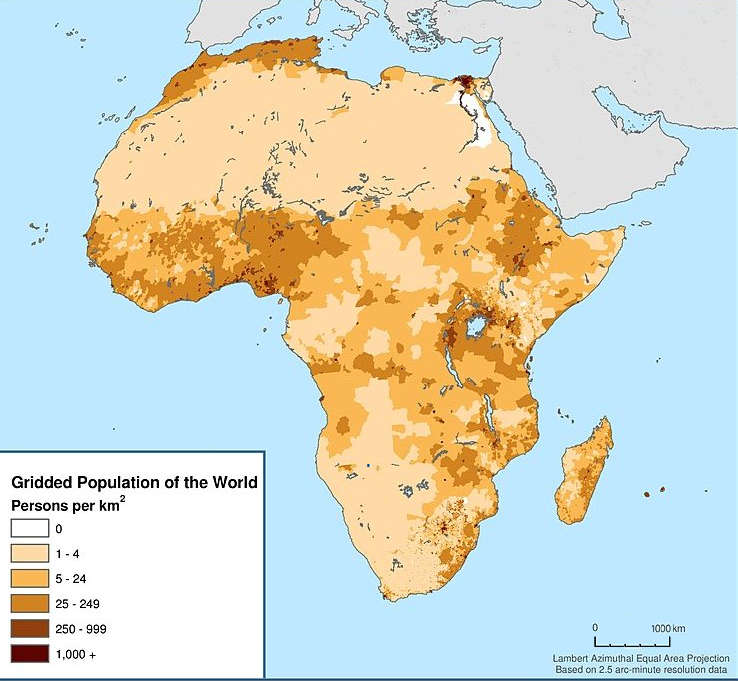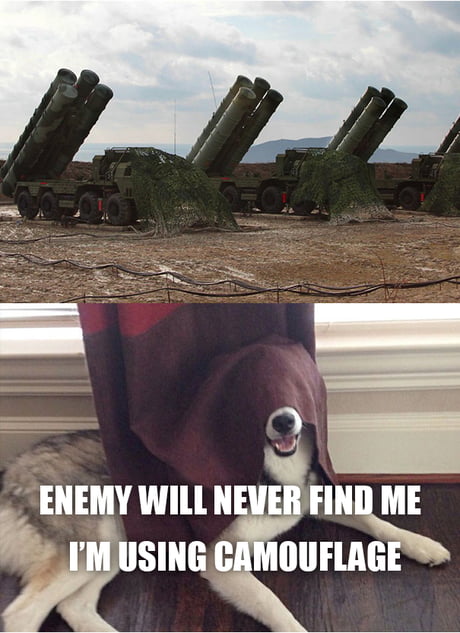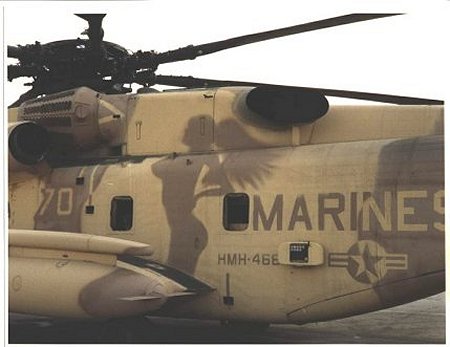.
The Baltic countries have tiny populations compared to Russia, and appear to be threatened by the heavy division equivalent that Russia has in the St. Petersburg area, as well as another heavy division equivalent that Russia has in 10...24 hrs road march distance and at least one light brigade equivalent worth of Russian air assault troops.
The terrain restricts movements much with woodland and very wet & soft soil conditions in many places as well as some rivers and lakes, but this applies much less in wintertime when almost all water close to the surface is frozen. The improved wintertime navigability of the terrain (save for deep snow conditions) offers attackers many more possible routes or advance than the small Baltic armed forces could cover with their allied tripwire compound battalions. Offensive manoeuvre would be almost guaranteed to succeed. The de facto absence of area air defences and the weakness of the merely symbolic air policing fighter flights allows freedom of manoeuvre for Russian air assaults.
One could in theory build up the Baltic military forces, militarise the countries and make them strong enough to resist whatever first wave the Russians could throw at them currently. This could be a fairly simple ten to twenty years effort mimicking the Israeli army. Allies would provide military aid (subsidies), domestic companies would tailor equipment and services to match the specific Baltic needs quickly, conscription could turn the majority of 18...45 year olds into soldiers and reservists. Partial mobilisation and movement (hiding) of high value targets would have to occur at a slight hint of possible invasion. A major mobilisation would meanwhile become unsustainable for more than a few weeks in peacetime because it would shut down the economy (Israelis already know this issue well).
Obviously, this doesn't happen. Even the otherwise military aid-giving Americans thought of "tripwire" multinational compound battalions as answer to the Baltic security challenge, not of any 'Baltic IDF' scheme. The entire approach would help little in the next couple years anyway.
- - - - -
This leads to the obvious approach; the planners look at what little budget and manpower they have, look at what obsolete equipment they can get gifted by friendly nations and draw up miniature armies. Lithuania created three brigades (one even with high end SPGs), Latvia and Estonia each one brigade (
Estonia buys SPGs). Mobilisation would add almost nothing but lightly armed forces, for they lack the heavy equipment stocks for a medium or heavy forces expansion.
This uninspired conventional approach is guaranteed to fail if tested in my opinion. They lack any effective or even reliable protection against fixed wing air attack and are horribly inferior to Russian artillery and tank forces. The idea of operating as combined arms brigades is bound to fail in face of the potential opposing forces that can mount a much more complete and much bigger combined arms effort. The force density would furthermore be so low that this approach is like locking only one of ten doors to your home.
- - - - -
This begs the question
"What is the optimal military policy for the Baltic countries?"
The first thing to remember and internalise is that the Baltic countries are allied with other EU and NATO countries. They do not need to defend themselves alone, but on the other hand they will not receive much military support in the first weeks of war.
Their countries would be part of a larger strategic map; an invader would seek to occupy them, establish a link to Kaliningrad Oblast and then either proceed to position himself against a counteroffensive or first attempt to push Poland into neutrality by disarming its brigades and going after Warsaw.
To successfully secure the Baltics does not require a successful defence of the Baltics themselves; it requires a decisive sabotage of the aggressor's operational and strategic plans.
Less generally speaking; one doesn't need to keep invaders from roving through the land; it's enough if their leaders understand that they cannot achieve their objectives. The Baltic countries could achieve this in many ways:
- They can make the entire Baltics inhospitable for high value targets (forward air bases, area air defence units, forward rotary aviation airfields, tank repair workshops, forward headquarters, electronic warfare units).
- They can achieve a giant diversionary effect by binding at least interior ministry troops and army reserve infantry battalions in a security role.
- They can wreak havoc against targets in Russia by infiltrating and sabotaging even hundreds of kilometres deep against military road traffic, critical infrastructure, airports and airbases.
- They can provide superior situational awareness to allied manoeuvre forces by being everywhere and reporting from everywhere - as if there were thousands of long range scout teams in the theatre of war.
Forces that were custom-tailored to achieve this would provoke countermeasures to some degree, but they would also considerably raise the bar for operational war of aggression planning.
- - - - -
Well, what would such forces look like?
There are historical precedents, and the answer is in my opinion a combination:
- Jagdkampf (Germany, Austria)
- Raumverteidigung (Austrian)
- Long Range Desert Group (British Empire)
Jagdkampf is about a (reinforced) infantry platoon that pursues a mission 'behind enemy lines', mostly in a raiding and sabotaging, but also scouting fashion. It's extremely demanding regarding morale, cohesion and austere logistics.
Raumverteidigung is an operational-level concept that strives to make an invasion undesirable because it causes the invader more trouble than it benefits him. Austria was a possible terrain for flanking movements by the Warsaw Pact (akin to Belgium in both World Wars) and also threatened by NATO, which might want to force passage from, Germany to Italy for cut-off forces.
There were several such small unit infantry-centric concepts for survivable yet yielding low cost defence against the Warsaw Pact's tank and artillery strength in the 70's and 80's.
Raumverteidigung does not oppose a mechanised invading force first and foremost with mechanised forces, but with less fragile infantry forces that would resist for weeks. They did still maintain some light mechanised mobile forces (they were necessary for opposing forces simulation anyway).
The Long Range Desert Group conducted long-range raids with unarmoured cars in the North African desert, collecting intelligence by observation and then striking especially airfields with sabotage raids (strike first, then gather intel proved to be the wrong order of events).
There's are two serious problems with any such rather infantry-centric approach:
Problem #1; snow.
Even
the most stealthy and most elusive infantry leaves plenty traces of its
own movement in snow. Snow also slows infantry down much of the time (except on skis). Small units can survive superior opposing forces
only by evasion or stealth, so snow would compromise their survivability
to some degree.
Problem #2; cold.
Infantry
is more affected by very cold weather than mechanised forces are.
Infantry has to seek shelter in buildings (or at least tents) during much of the time,
whereas mechanised and even merely motorised forces have heated mobile
interiors.
After weeks of deliberation I see but one solution to these problems: The stay behind militia needs to limit its movements to civilian movements while snow covers the landscape. This may be almost no movement if the invader implements a curfew. They could still be effective in some ways. They could gather information and transmit it by laser instead of by radio (to avoid triangulation), which would of course require satellites that could pick the signal up and reply with a robust signal.
The trivial answer to snow and especially snow+curfew is thus that the information gathering and violent resistance would need to happen from inside buildings. The most effective way to do so would be to use autonomous flying drones from within buildings.* Very small drones that fly at treetop height would not be traced to the building (military intelligence would still identify the origin sooner or later), but could execute pre-programmed reconnaissance and attack missions (warhead ~ approx. 40 mm HEDP) autonomously. They could be launched and recovered at night.
- - - - -
Latvia and Lithuania might actually delay an invading mechanised force (NOT air assault force) by securing
the Daugava river for a while. This requires to make the bridges unusable, keep observation posts on both sides of the river and harass and disrupt hostile bridge engineers' efforts. That's a good case for MRLs in the area (SPGs are inefficient**).
Latvia and Estonia could set up cheap raiding forces that would infiltrate towards the St. Petersburg region, nearby Russian airbases and other high value targets (switchyards, telecom cables etc.). They would use various means and ways that would require a disproportionate security effort to defend against.
All three Baltic countries should focus most of their military spending on a kind of Raumverteidigung scheme. Jagdkampf specifically is platoon-centric and may not even be optimal.
One could instead create small militia infantry sections (3...10 personnel) instead, most of which would be rifleman-centric and capable of sneaky raids, harassing sniping and long range scout-like observation.
Others would focus on direct fire support (using M4 Carl Gustav), high angle fire support (commando mortar), providing SatCom and HF communication links, electronic warfare (especially jamming against arty and mortar fuses and common portable radios), tank hunting (using ERYX or Spike SR) and harassment of hostile low level aviation (using RBS 70 NG / Bolide missile).
All of them could be trained at handling some of a gazillion of allies-sponsored autonomous small treetop altitude reconnaissance and attack drones.
The mission of these militia forces would cover the aforementioned points 1, 2 and 4. The small size of the individual elements and the radio jamming would render the invader's indirect fire support inefficient. The leg-only mobility in battle would make mechanised counters largely inefficient in many terrains as well, as mechanised forces could not or would not dare to pursue into infantry-favouring terrains.
- - - - -
Such forces would not achieve much on their own, but the Baltic countries do not stand on their own - and their fate would be a repeat of 1940 if they did, anyway.
There wouldn't be any brigades, and hardly any impressive heavy weapons to show off. Russian war planners would anticipate a quick passage at least to the Daugava, and they would likely come up with means and ways to cross it rapidly despite the defenders' efforts.
They would anticipate huge troubles for the later weeks due to guerilla and raiding activities, though. Air defences could not safely deploy forward, air power could not safely deploy forward, supply lines would be threatened by substantial harassment efforts, electronic warfare forces could not safely deploy forward. Huge quantities of security forces would be required to cordon off against and to hunt raiders. Even more security forces would be needed in the Baltic countries themselves, causing an infantry weakness among the manoeuvre forces without being able to properly secure a steady flow of supplies.
The rest of the deterrence and defence job would be a job for the allies, in particular Poland and Germany.
- - - - -
I should mention: It's fashionable to think of "hybrid" aggressions nowadays.
Well, those are extremely simple to deal with if you have superior military power in your team. You cordon off the intruders, prepare and finally kill them. A hostile strategic surprise attack is a much greater challenge.
related:
S O
defence_and_freedom@gmx.de
*: I understand that this looks both intellectually lazy (reliance on a sci-fi-ish technological answer to a problem) and impossible for the time being. One could instead bet on the invader being unable to fully exploit vulnerabilities in the first couple weeks of occupation, but I'm too uncomfortable with that bet.
**: SPGs have a higher fixed cost for the launch vehicle/system, but lower variable costs for the effect of munitions. SPGs are thus cost-efficient if you expect them to shoot much. I don't expect this in case of Baltic defence because SPGs would be high value targets that would be searched, found and destroyed fairly quickly.
.


















